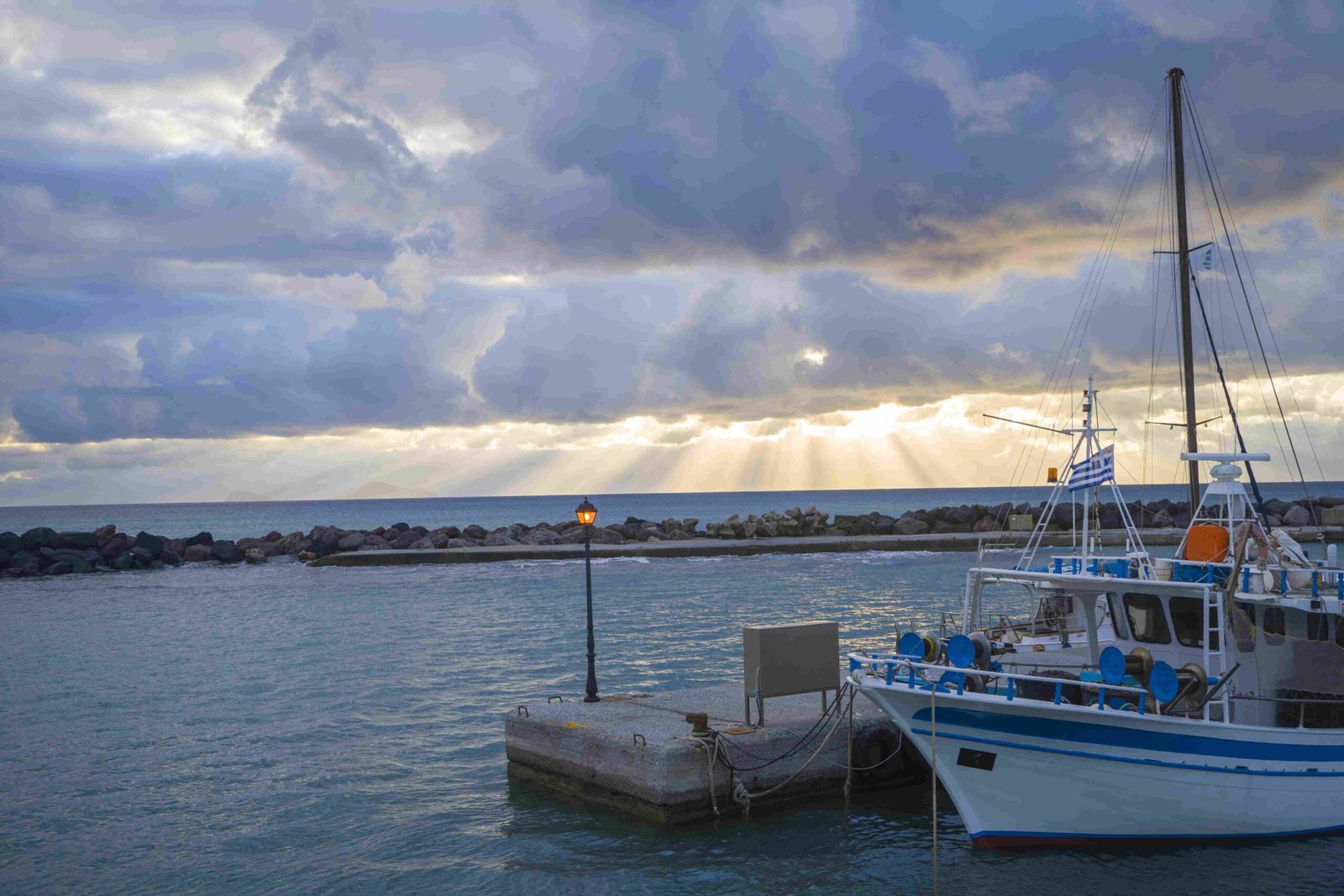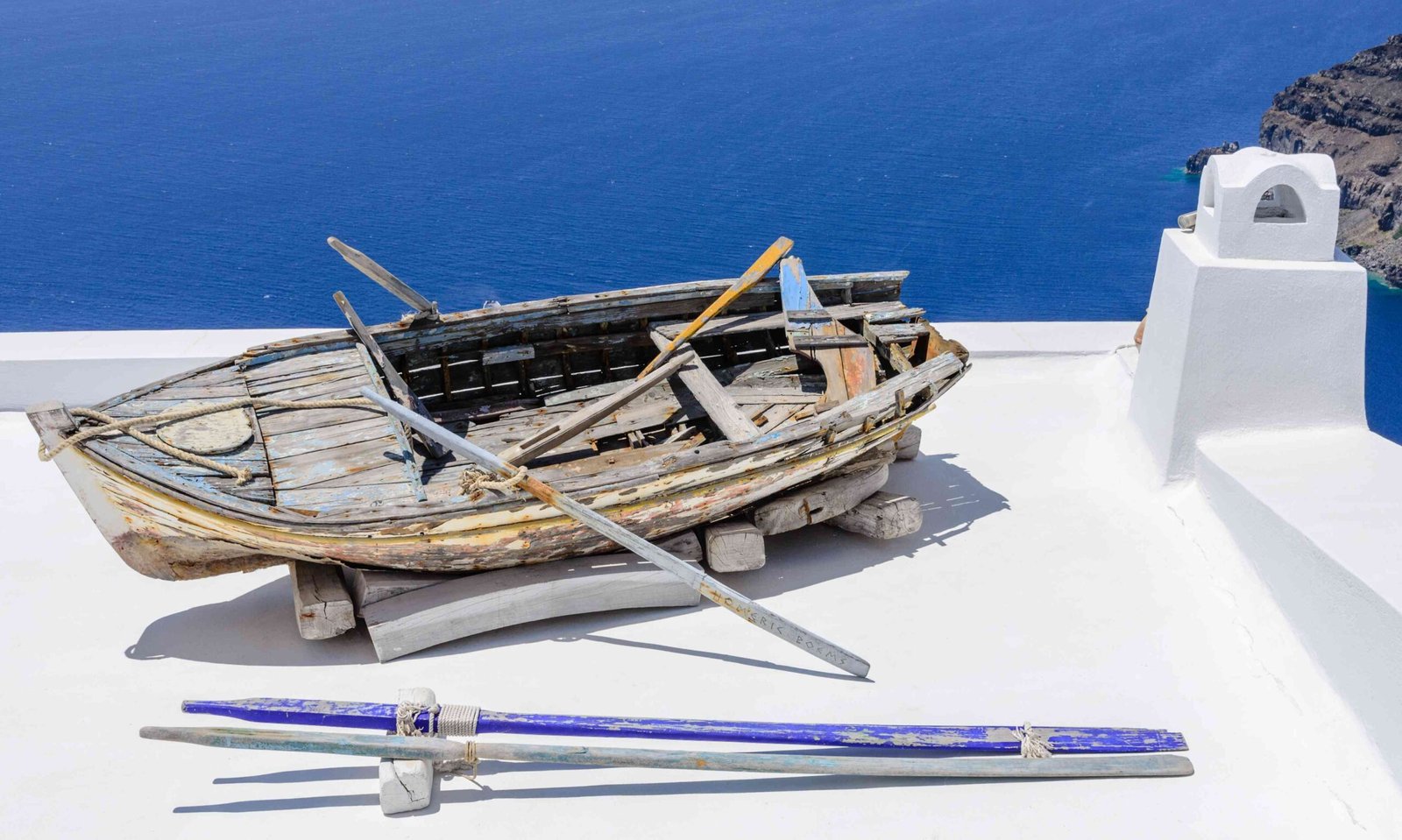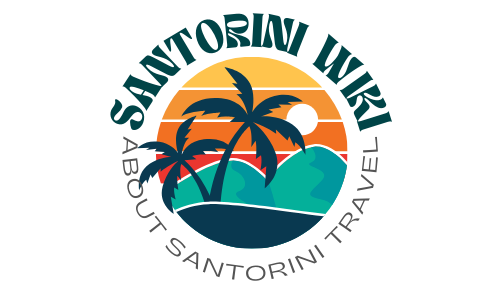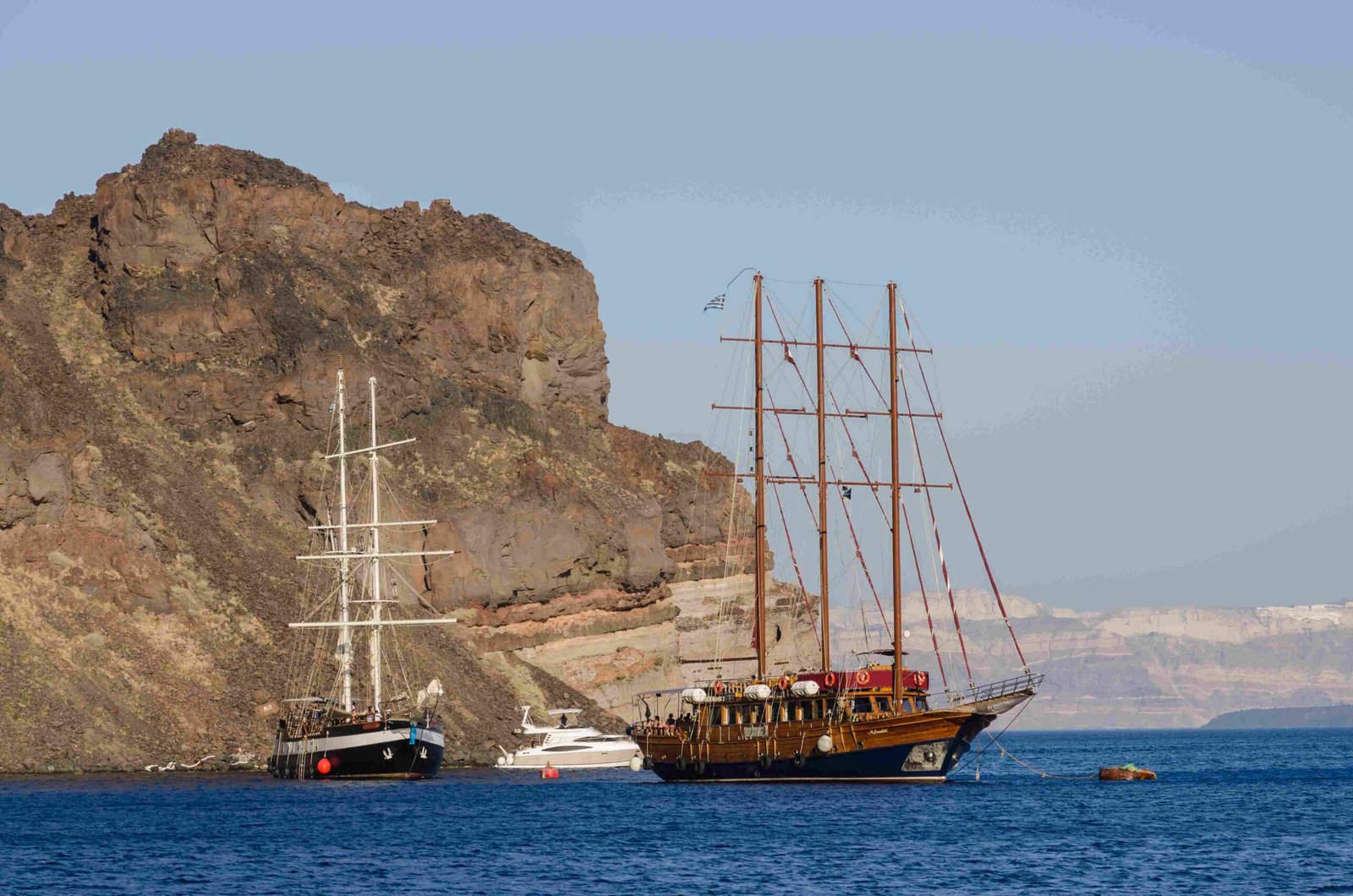Santorini, a captivating Greek island in the Aegean Sea, is renowned for its stunning landscapes, rich history, and volcanic origins. This crescent-shaped island, part of the Cyclades archipelago, boasts unique geological features, vibrant culture, and thriving tourism. From its dramatic caldera to picturesque white-washed buildings, Santorini offers a blend of natural beauty and human ingenuity that attracts millions of visitors annually.
What Are the Key Geographical Features of Santorini?

Santorini’s geography is defined by its volcanic history, creating a landscape unlike any other in the world. Here are some key facts about the island’s geography:
- Total Area: Approximately 73-76 km² for the main island, with a total land area of 90.623 km² including uninhabited islands
- Coastline Length: Nearly 69 km
- Highest Point: Mount Profítis Ilías, standing at 566 meters above sea level
The island’s most distinctive feature is its caldera, a large, water-filled crater formed by the collapse of the volcano’s mouth. This geological wonder creates the iconic crescent shape of Santorini, with steep cliffs rising dramatically from the sea.
How Did Santorini’s Volcanic History Shape the Island?

Santorini’s volcanic origins have played a crucial role in shaping its landscape and history:
- Minoan Eruption: Occurred around 1613 BC, approximately 3,600 years ago
- Caldera Formation: The eruption created a giant caldera, now filled with water and surrounded by high cliffs
- Ongoing Activity: The last major eruption was in 1950, but minor volcanic activity continues
- Seismic Monitoring: Geologists actively monitor the volcano due to its ongoing activity
The volcanic soil has also contributed to Santorini’s unique agriculture, particularly its wine production, which has been a significant part of the island’s economy for centuries.
What Cultural Heritage Sites Can Be Found on Santorini?
While Santorini itself is not a UNESCO World Heritage Site, it boasts significant cultural and historical attractions:
- Ancient Akrotiri: A well-preserved Minoan Bronze Age settlement often compared to Pompeii
- Museum of Prehistoric Thira: Houses artifacts from the excavations at Akrotiri
- Archaeological Museum of Thira: Showcases findings from various excavations on the island
- Naval Maritime Museum: Offers insights into Santorini’s seafaring history
These sites provide visitors with a glimpse into the island’s rich past, from prehistoric times to the present day.
How Does Tourism Impact Santorini?
Tourism is a major economic driver for Santorini, with significant impacts on the island’s infrastructure and daily life:
| Tourism Aspect | Details |
|---|---|
| Annual Visitors | Over 2 million in recent years |
| Peak Season | June to September, with July and August being the busiest |
| Accommodation | Range from luxury hotels to budget options |
| Transportation | Buses, taxis, rental cars, ferries, and an airport |
The high volume of tourists has led to challenges such as overcrowding and strain on local resources, particularly during peak seasons.
What Unique Experiences Does Santorini Offer to Visitors?
Santorini provides a range of experiences that capitalize on its natural beauty and cultural heritage:
- Sunset Views: Oia village is famous for its breathtaking sunset vistas
- Wine Tasting: Tours of local vineyards and wineries showcase Santorini’s unique viticulture
- Volcanic Beaches: Black sand beaches like Perissa and Red Beach offer unique swimming experiences
- Caldera Cruises: Boat tours provide stunning views of the island from the sea
- Traditional Villages: Exploring picturesque villages like Pyrgos and Megalochori
What Are the Challenges Faced by Visitors to Santorini?
Despite its beauty, Santorini presents several challenges for tourists:
- Overcrowding: Especially during peak season, popular spots can become extremely crowded
- High Prices: As a luxury destination, costs for accommodation and dining can be steep
- Accessibility: The steep terrain can be difficult for those with mobility issues
- Transportation: Traffic jams are common, and parking can be scarce in popular areas
How Can Visitors Make the Most of Their Santorini Experience?
To fully enjoy Santorini, consider these tips:
- Visit during shoulder seasons (April-May or September-October) for fewer crowds
- Book accommodations and tours in advance, especially for peak season visits
- Explore lesser-known villages to escape the crowds
- Try local specialties like fava, tomato fritters, and Vinsanto wine
- Respect the local environment and culture to help preserve Santorini’s beauty
By understanding these Greek island Santorini facts, visitors can better appreciate the unique geology, history, and culture that make this volcanic paradise a world-renowned destination.

